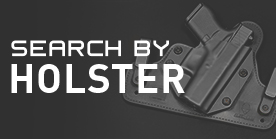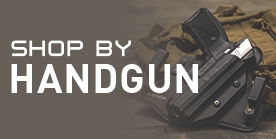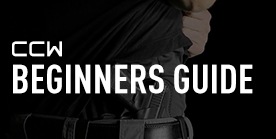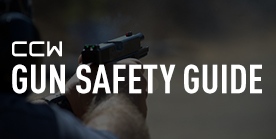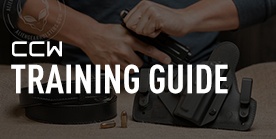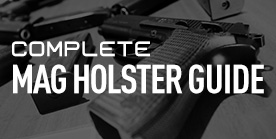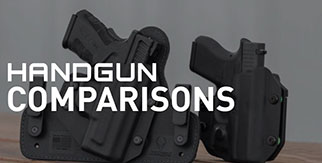
Why Would You Use A Chest Holster?
Why would you use a chest holster? Doesn't it seem a bit silly when there are other options available? Putting a gun on your chest instead of a more logical location seems a bit odd.
Is there something so wrong with a drop leg holster?
Actually, there is a purpose for this holster style, as it has actually been around for some time. Granted, it is quite specific, as it's definitely not for everyday carry for the typical Joe or Jane. Why would you consider getting one?
Chest Holsters Have Been Around For Some Time
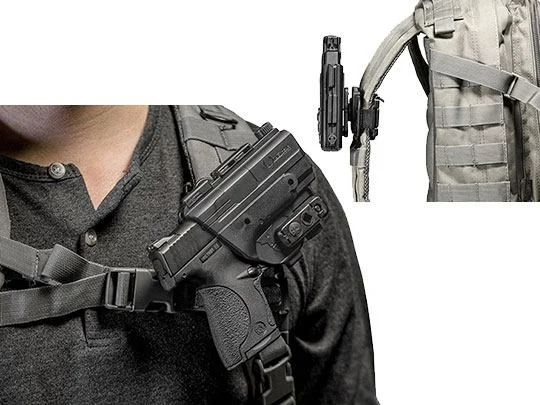
Believe it or not, there has been something like the modern chest holster for a long time. So much in the gun world is not actually new, but is really just a new take on something that was already done long ago.
Take appendix carry for instance. A lot of people think it's new and tacticool and so on. It's not. In fact, it's very old. In the 19th century, a concealed carry pistol was often referred to as a "belly gun," which was carried in the front waistband (not a good idea!) or in a holster that sat in the front of the waistband and fastened to your suspender buttons.
It's just that today's "appendix holster" is made with modern materials and given new nomenclature. Heck, Glock didn't even invent the passive trigger safety or the striker firing system; Iver Johnson revolvers had passive safeties in the 1880s, and the first striker-fired pistol was actually the Colt Model 1908! Modern poly-striker guns, therefore, have a revised take on old ideas.
In the 19th century, some people would wear their pistol belt over their shoulder, putting the pistol and holster in easy reach when horsed.
In WWII, some personnel were issued something like a shoulder holster, but the gun was often carried on the front of the body. The M3 and M7 holster models were issued to pilots and to tank crews, leading holsters of this design to be called "tanker holsters." The primary idea was for people who couldn't have a gun on their belt to still carry a sidearm.
So, the army devised a holster that looped over the opposite-side shoulder and attached to the belt of the person carrying it. The pistol was usually positioned around the bottom of the chest, usually on the left side.
In all instances, the goal is the same: to still carry a pistol, but not on the waist.
Who Uses A Chest Holster Today?

Today's gun owner wouldn't have much use for a chest holster for the most part. Sure, you could get one if you wanted one.
A number of people have bought a 1911 chest holster or tanker because they enjoy a little anachronism and there's nothing wrong with that, to be sure.
In the service today, some people carry their pistol attached to MOLLE webbing on their plate carrier or tactical vest. Usually, it's for the same reasons, and - from our understanding - it's not typical of front-line infantry. (Why carry a pistol and ammunition for it when you could just carry more rifle ammo, right?) However, it is still done in a military context.
However, for the typical civilian…frankly, there's just not much use for one...for the most part.
Where chest holsters have found a niche is for backcountry hunters and hikers. When you have a 40-pound+ pack on your back, with a waist belt (because you need one for long treks, ESPECIALLY if you're hauling a serious load) having a gun on your belt just isn't an option. The typical shoulder holster isn't either.
A chest holster, however, for that 10mm semi-auto or .44 Magnum revolver can keep it accessible but also still allow to carry the gun. You have to put up with having the gun on your chest and the additional weight on the shoulder, but so what?
Other than that...there's not a whole lot of use for one. You can't conceal it, unless you're wearing a poncho. (I don't think it's funny, you laughin'...) That is, if you wondered what you'd use one for practical purposes.
If you just wanted one for the heck of it...it's a great open-carry holster as well.


